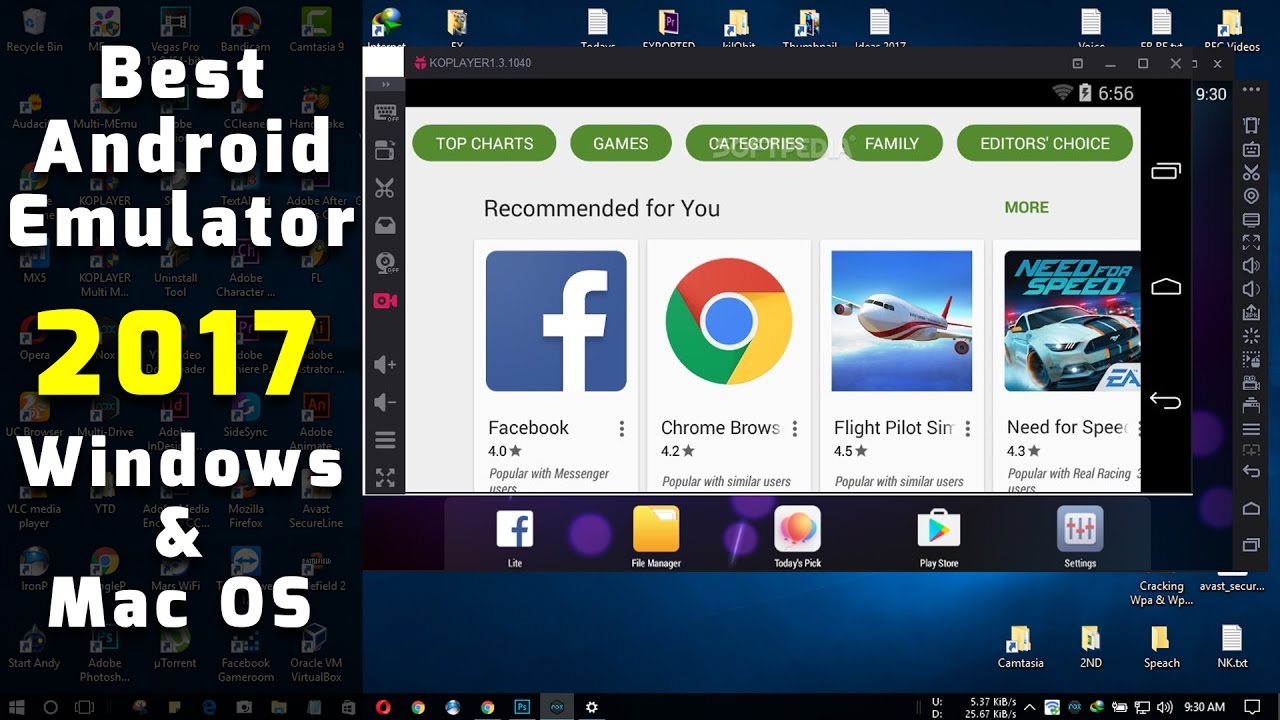

13:35:00,312 INFO - Emulator: Pixel 2 API 30 - configAndStartRenderer: setting vsync to 60 hz 13:35:00,312 INFO - Emulator: Pixel 2 API 30 - Duplicate loglines will be removed, if you wish to see each indiviudal line launch with the -log-nofilter flag.

Setting AVD to run with 1 vCPU core only. 13:34:59,752 WARN - Emulator: Pixel 2 API 30 - Not all modern X86 virtualization features supported, which introduces problems with slowdown when running Android on multicore vCPUs.

We will address this in a future release. A CPU with EPT + UG features is currently needed. 13:34:59,752 INFO - Emulator: Pixel 2 API 30 - Warning: Quick Boot / Snapshots not supported on this machine. 13:34:59,705 WARN - Emulator: Pixel 2 API 30 - unexpected system image feature string, emulator might not function correctly, please try updating the emulator. 13:34:59,565 INFO - Emulator: Pixel 2 API 30 - emulator: INFO: Found systemPath C:\Users\BJayD\AppData\Local\Android\Sdk\system-images\android-30\google_apis_playstore\x86\ Here's my idea.log file: 13:34:59,518 INFO - Emulator: Pixel 2 API 30 - C:\Users\BJayD\AppData\Local\Android\Sdk\emulator\emulator.exe -netdelay none -netspeed full -avd Pixel_2_API_30 -qt-hide-window -grpc-use-token -idle-grpc-timeout 300

Tried different devices, reinstalling Android Emulator, nothing helped. VirtualBox in that gimped mode also loses out on 圆4 emulation, which is essential again, for my use cases.I used emulator on this computer before and it worked fine, but after I reinstalled Windows 10 something went wrong. Both of them are too restrictive, and performance is garbage. I've had past experience with Genymotion but they've since gone from a one time fee purchase to a subscription service, so that's a no-go for me.Īnd yes, I've looked at all the options for enabling other VMs with Hyper-V enabled, such as using Windows' built-in Hyper-V container manager, as well as VirtualBox gimped mode. I cannot use Hyper-V as I rely heavily on VMWare and VirtualBox for my other use cases, and rebooting the system to enable/disable Hyper-V every time is a productivity killer. I just upgraded from an Intel system from 10 years ago to an AMD Ryzen Threadripper system, but I've found out the hard way that getting Android Emulator to work isn't a straight forward process as it was on that older system.ĭoes anyone have any ideas for getting Android Emulator to work on Ryzen without needing to enable Hyper-V or slowing down the whole thing drastically?


 0 kommentar(er)
0 kommentar(er)
